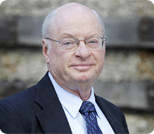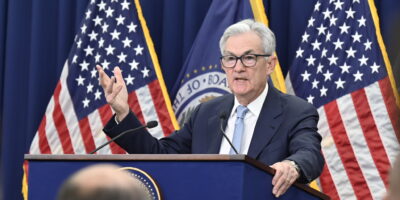Who wants sound money?
Well, apparently everyone does. An often misunderstood postulate in economics is known as “Gresham’s Law.” The popular version is that “bad money drives out good money.” Historically, what this has meant is that the bad money is what circulates in the market place, while the good money does not circulate.
The reason is obvious; people want to more quickly get rid of excess balances of the bad money, while they hang on to (hoard) the good money. So, clearly Gresham’s Law does not mean that people prefer bad money to good money. Quite the opposite; the good money is circulated less frequently precisely because people prefer to hold on to money that has a better reputation for holding its value, and they more readily spend the ‘bad’ money that has a poor reputation for holding its value.
An alternative formulation of the famous law is: “high confidence money drives out low confidence money.” Clearly, as an abode of purchasing power or store of value, people will always choose the brand of money they believe will best retain purchasing power over time. Throughout the ages that has often meant money made of, or backed by, gold or silver because such monies have demonstrated better track records of maintaining their values.
However, money is no longer made out of or backed by gold or silver—or anything else for that matter. Yet, people around the world still demonstrate preferences for some forms of money as opposed to others. The balance sheets of the US Federal Reserve Banks show total liabilities of over $4.5 trillion, of which almost $1.4 trillion is currency. That works out to over $4,000 for every man, woman and child in the country! What may be even more surprising is that over 3/4 of the outstanding dollars are $100 bills.
Of course, all that money is not held by American households and businesses. In fact, over one-half of paper dollars outstanding are held by foreigners, which also helps explain why such a huge share is $100 bills. The foreigners who are hoarding US dollars are going to naturally want to hold the largest denomination available. Large bundles of $1 bills would not be as easy to hide or to load into the suitcase when it comes time to make a run for the border.
In addition to the large amount of US currency held by foreign individuals and businesses, foreign banks hold substantial liquid balances in dollars. The other big liability on the balance sheets of the Federal Reserve Banks is interest-earning deposits owned by banking companies—so called “excess reserves.” Here again, over one half of the $2.5 trillion of such deposits are owned by foreign banking entities with a presence in the US.
This $2+ trillion of currency and central bank deposits does not include the dollar deposits foreign individuals and businesses hold in commercial banks in the US and many places abroad, nor does it include the foreign holdings of other financial assets such as mutual funds, common stock, and bonds that are denominated in dollars and owned by foreigners.
Formally, some countries—such as El Salvador and Ecuador—have “dollarized” by abolishing their national currencies and simply using the US currency. What is also clear is that people throughout the world have spontaneously “dollarized” by choosing to hold the US currency as a store of value—even in places where doing so is illegal.
Who benefits? Well, clearly there are benefits to the foreigners who voluntarily choose to hold a financial asset—currency—that earns no interest. At the same time, there is a benefit to the US taxpayers because all that currency is like a bond with a zero coupon; an interest-free loan to the US government. As for the foreign-owned deposits at Federal Reserve Banks, there currently is interest earned at a rate of 25 basis points, so it is not free. But, that interest rate has to be compared with what it would cost the Treasury in interest expense to issue well over $1 trillion in additional bonds. What we do know is that the assets acquired by the Federal Reserve Banks earn substantially more on average than 25 basis points, so the net interest income of the Reserve Banks—which is turned over to the Treasury—ballooned to $100 billion annually as the $2.5 trillion of excess reserves were being created.
These facts about the swelling use of the US currency by foreigners has implications for US monetary policymakers—but that will have to be the subject of a subsequent posting.










